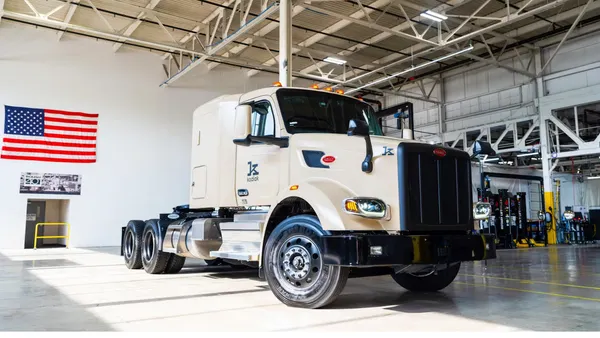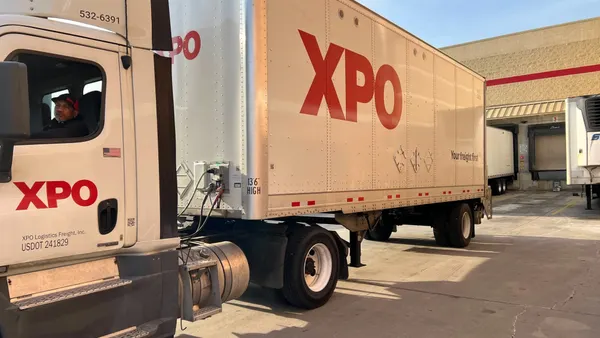Dive Brief:
- C-suite leaders are finding pandemic-driven workplace measures to be barriers to productivity, according to a recent survey by consulting firm West Monroe. Of the 150 leaders surveyed, 40% said social distancing was the greatest hindrance to productivity, while 37% cited remote work.
- Sixty-nine percent said their companies are investing in more technology. Data and analytics platforms were the most common technology to be adopted during the pandemic, with 57% of survey respondents reporting trying the tech in the past six months, while 21% reported trying artificial intelligence and machine learning.
- Additionally, M&A appears to be a popular strategy for adapting to the new economy, as 43% of survey respondents said their company is strongly considering an acquisition in the next six to 18 months.
Dive Insight:
Executives in the West Monroe survey named remote work as a hindrance to productivity, but the practice appears to be gaining widespread acceptance and deeper adoption within organizations.
Indeed, Microsoft and others recently announced that employees may continue working from home, either in a hybrid or fully remote arrangement, after the pandemic. Though flexible and remote work has been tied to improved wellness, inclusion and belonging, and accessibility, some leaders remain skeptical of its long-term prospects, as the West Monroe survey indicated.
"Over time, we started to see why we work together in person," said J.B. Hunt CEO John Roberts at the fleet's Q3 earnings call Friday. "The benefits of being together and collaborating, building on our culture, solving problems as a team, and sharing time with each other showed their value to us ... more now than ever."
With respect to investment in technology, organizations may be accelerating the adoption timeline for technologies already under consideration.
Fifty-eight percent of executives in a recent Cisco survey said they adopted tech that they had previously rejected or ignored. A study from the Philadelphia Federal Reserve also noted that the pandemic could speed up the use of automation to replace certain jobs.
In the trucking industry, automation is making operations more efficient. Dock automation is reducing transit times, and fleets are investing in automation to aid in enterprise-level decision making.
Technology is also at the center of some recent M&A activity. Deloitte reported that technology companies are some of the most likely to engage in nontraditional acquisition strategies. In a recent survey, 42% of corporate and private equity executives indicating in a survey that they're looking at alliances, partnerships, joint ventures and special purpose acquisition companies, or SPACs, instead of acquisition.
M&A activity rebounded in Q3 of this year, according to Baron’s , which also predicted that it will not slow down.
But M&A comes with challenges, including significant workforce concerns, though a PwC report found a shifting set of priorities, noting a sharp increase in "absorption" and "tuck-in" acquisition types. "Transformational" ones decreased significantly, from 54% in 2016 to 19% in 2019.











